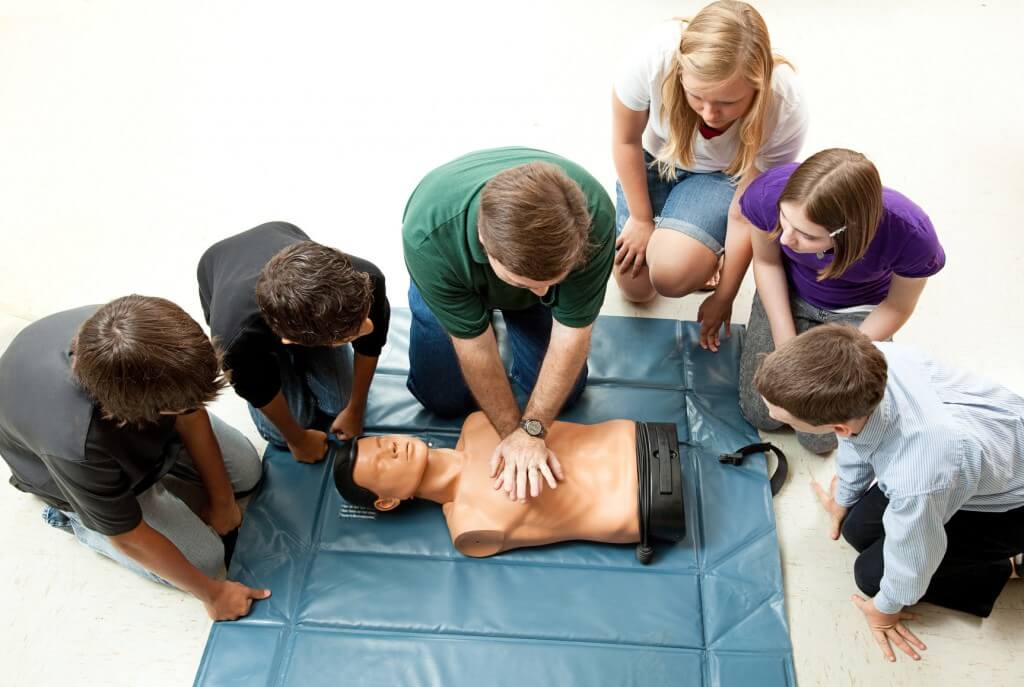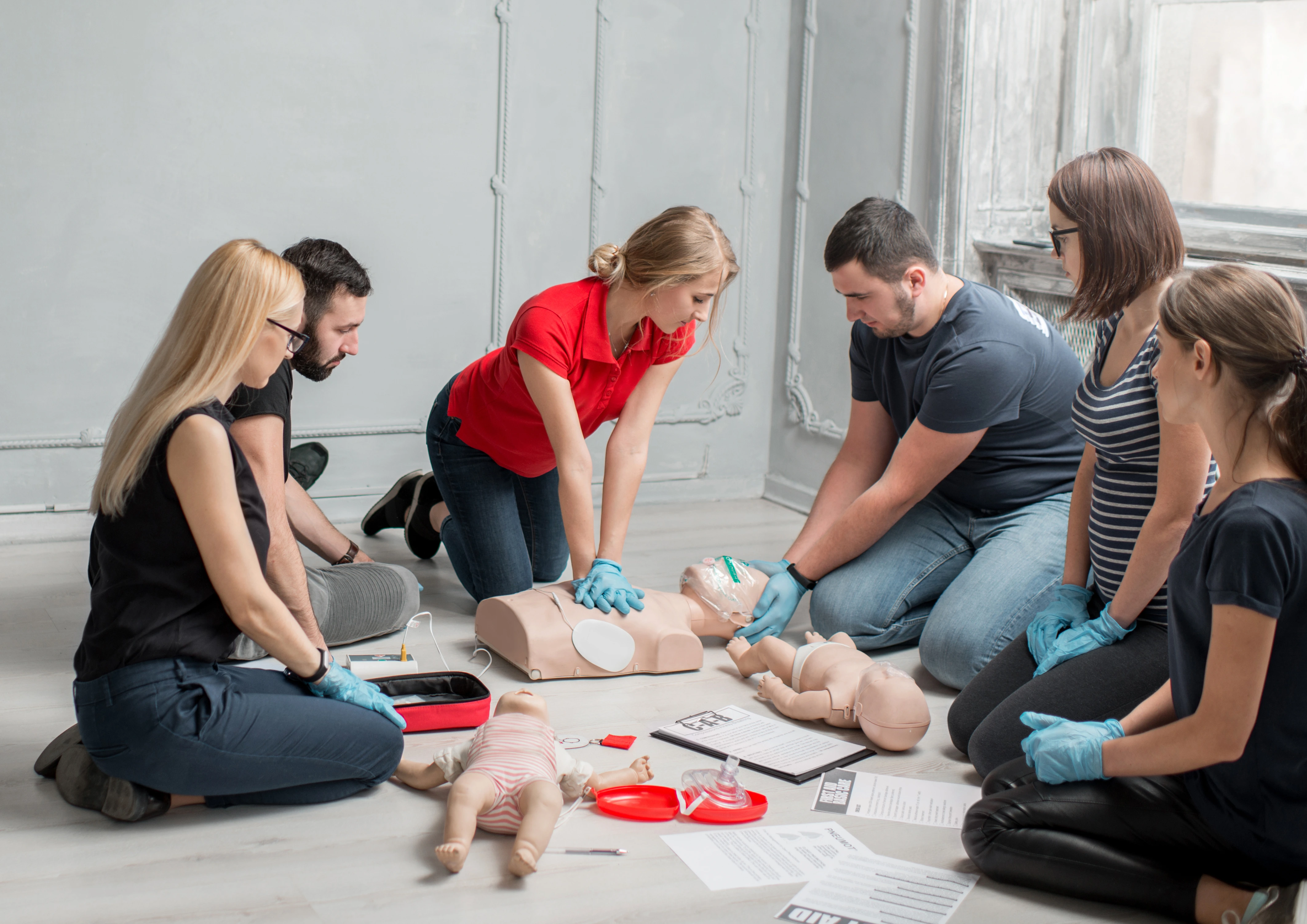Introduction: Understanding the Importance of Emergency Treatment Courses
First help programs are important for anybody seeking to furnish themselves with life-saving abilities. Whether you are a parent, instructor, caregiver, or merely an interested person, having knowledge of emergency treatment can make all the difference in emergency circumstances. However, there are several misconceptions surrounding these training courses that may discourage individuals from enrolling. This write-up intends to disprove these false impressions and provide quality on what first aid and mouth-to-mouth resuscitation training courses absolutely entail.
What is an Emergency treatment Course?
A first aid course is a training program made to teach people how to respond effectively to clinical emergencies. These programs cover a range of topics consisting of CPR (Cardiopulmonary Resuscitation), wound treatment, choking alleviation, and therapy for burns and cracks. Participants usually learn with hands-on technique alongside academic expertise, permitting them to acquire confidence when faced with real-life scenarios.
The Importance of mouth-to-mouth resuscitation in Emergency Treatment Training
CPR is one of the Emergency CPR Brisbane most essential elements taught in first aid training courses. The ability to perform CPR successfully can indicate the difference between life and fatality for someone experiencing heart attack. In many emergency treatment and CPR courses, individuals are educated on the proper techniques for grown-up, youngster, and baby mouth-to-mouth resuscitation. In addition, they find out exactly how to utilize computerized external defibrillators (AEDs), which can considerably raise survival prices if made use of promptly.
Top Misconceptions About Emergency treatment Courses Debunked
Myth 1: First Aid Courses Are Only for Medical care Professionals
One typical misunderstanding is that only medical care specialists need to take emergency treatment courses. This could not be even more from the fact!
Why Every person Ought to Take into consideration Taking a First Aid Course
Anyone can take advantage of learning fundamental emergency treatment abilities no matter their profession. Emergencies happen almost everywhere-- in homes, institutions, workplaces, and public areas-- and having educated people offered can conserve lives.
Myth 2: You Need to Be Healthy to Take a Mouth-to-mouth Resuscitation Course
Many people believe that being fit is a need for taking CPR programs.
Reality Examine: No Physical Fitness Degree Required
In truth, these training courses are designed for all physical fitness levels. While some physical tasks may be involved (such as doing breast compressions), teachers adjust training techniques so everybody can get involved fully.
Myth 3: First Aid Educating Is As Well Complicated to Understand
Another myth focuses on the perception that first aid training is too intricate or technical.
Simplifying Facility Procedures
First aid programs utilize uncomplicated language and sensible demonstrations that make learning easily accessible for every person. Most people locate they can grasp the concepts with relative ease after just a few hours of training.
Myth 4: Qualification Is Just Crucial for sure Professions
Some individuals believe that acquiring a first help certificate is only useful if you operate in particular areas like healthcare or education.
Certification Matters Across All Fields
In fact, numerous companies throughout numerous sectors prefer or require staff members to have existing first aid qualifications as component of their work environment safety and security protocols.

Myth 5: Once Trained, You Don't Required Refreshers
People frequently believe that when they have actually completed their training, they're established for life!
Lifelong Discovering Is Key
However, medical suggestions and procedures advance gradually. Regular refresher courses guarantee your abilities continue to be updated-- preferably every two years-- to keep your first aid certificate status.
Myth 6: Online Training Is Just as Efficient as In-Person Training
With online discovering obtaining appeal, several assume it gives an equal degree of education contrasted to in-person classes.
Hands-On Technique Trumps Display Time
While on-line sources offer useful details, nothing beats hands-on method provided by qualified teachers throughout in-person sessions where you can communicate with tools like AEDs and technique methods on mannequins.
Key Parts of Emergency treatment Courses
Understanding Different Types of First Aid Surges Available
When it involves selecting a first help course, you'll discover various offerings tailored for various needs:
- Basic Life Assistance (BLS) Pediatric First Aid Wilderness First Aid Workplace Safety and security Training
Each kind stresses distinct content based upon the atmosphere where skills might be applied.
Importance of Hands-On Technique in Learning CPR Techniques
Why Practical Experience Matters Greater Than Theory Alone?
One significant element that establishes efficient emergency treatment programs apart is the hands-on experience they use individuals. Engaging directly with resuscitation methods permits students not just to comprehend but additionally maintain vital information far better than with lectures alone.
How Long Does It Take To Full a First Aid Course?
Typical Period Ranges Based upon Accreditation Type
Generally talking:
- Basic first-aid training may take anywhere from 4-8 hours. Comprehensive programs like First Help and CPR course might last approximately 16-20 hours over a number of days.
The period typically depends upon certification needs or organizational needs.
What Is Covered in a Normal First Aid Course?
Key Subjects Usually Included
Recognizing emergencies Assessing sufferers' conditions Performing CPR Using AEDs Treating wounds & & burns Managing choking incidentsThese fundamental topics prepare people for different emergency situations they'll likely encounter throughout life.
FAQs Regarding Emergency treatment Courses
FAQ 1: What ought to I bring to my first aid course?
Most training courses give equipment; nevertheless, bringing individual note-taking materials can help boost your understanding throughout sessions.

FAQ 2: Exactly how usually need to I restore my certification?
Typically every two years is suggested; this ensures you're updated on any type of changes in guidelines or procedures within first-aid practices.
FAQ 3: Can I receive my accreditation online?
While some elements might be finished online (like theory), useful abilities need to typically be shown personally under supervision before accreditation is granted.

FAQ 4: Do I require prior experience before enrolling?
No previous experience essential! A lot of beginner-level classes welcome those without any background understanding whatsoever; they're designed especially for newcomers!
FAQ 5: What impact does learning first-aid contend my workplace?
Having licensed personnel promotes an atmosphere where safety becomes prioritized-- it outfits colleagues with important abilities leading in the direction of quicker responsiveness throughout unforeseen events!
FAQ 6: Are there special considerations pertaining to kids's safety when learning about pediatric-first-aid?
Absolutely! Pediatric-specific programs focus heavily on age-related subtleties making certain caregivers feel great responding properly when faced with emergencies entailing infants/children!
Conclusion
Understanding the leading misconceptions about emergency treatment training courses helps demystify this crucial training while motivating extensive engagement across demographics who could otherwise hesitate due mistaken beliefs! Not only does finishing such programs encourage individuals within areas-- they also promote safer settings through increased understanding coupled with preparedness amongst residents almost everywhere making every effort in the direction of improved wellness outcomes general! So don't think twice-- enlist today right into among those impactful CPR or other appropriate first-aid-courses!